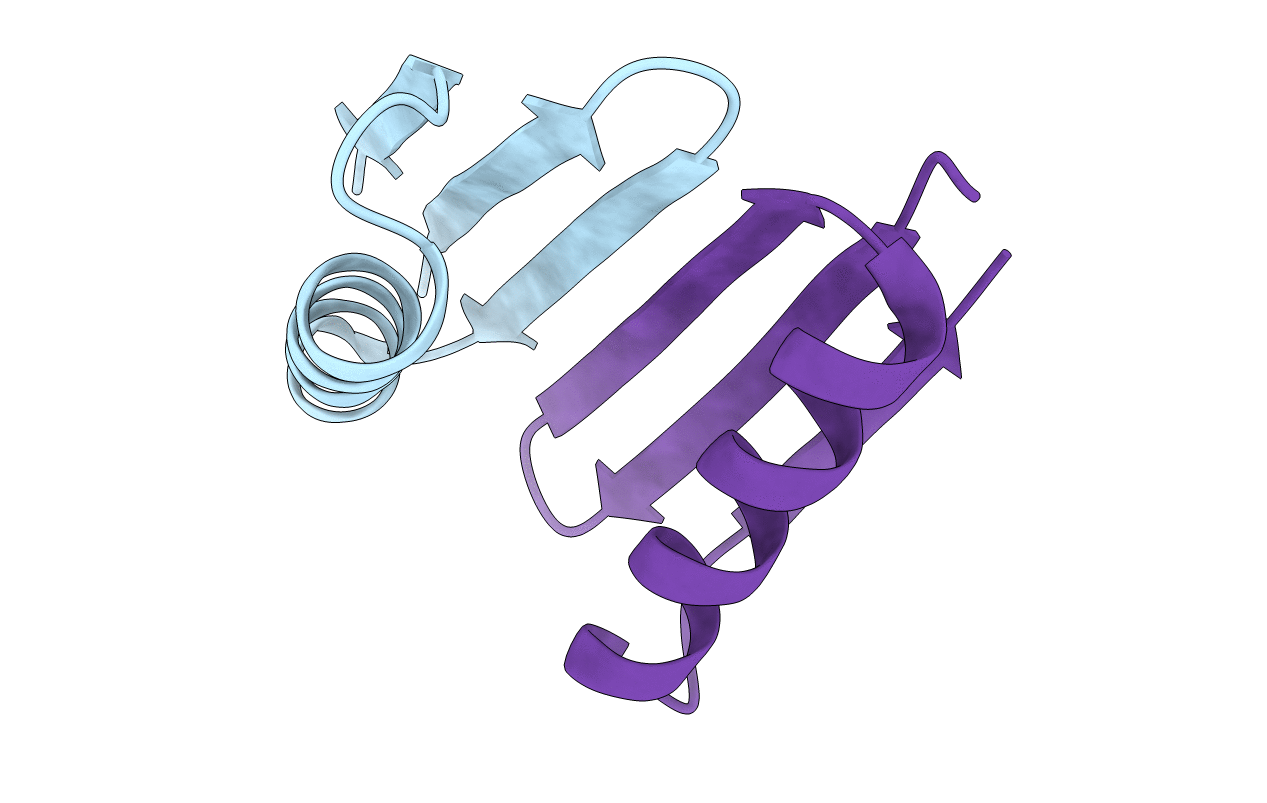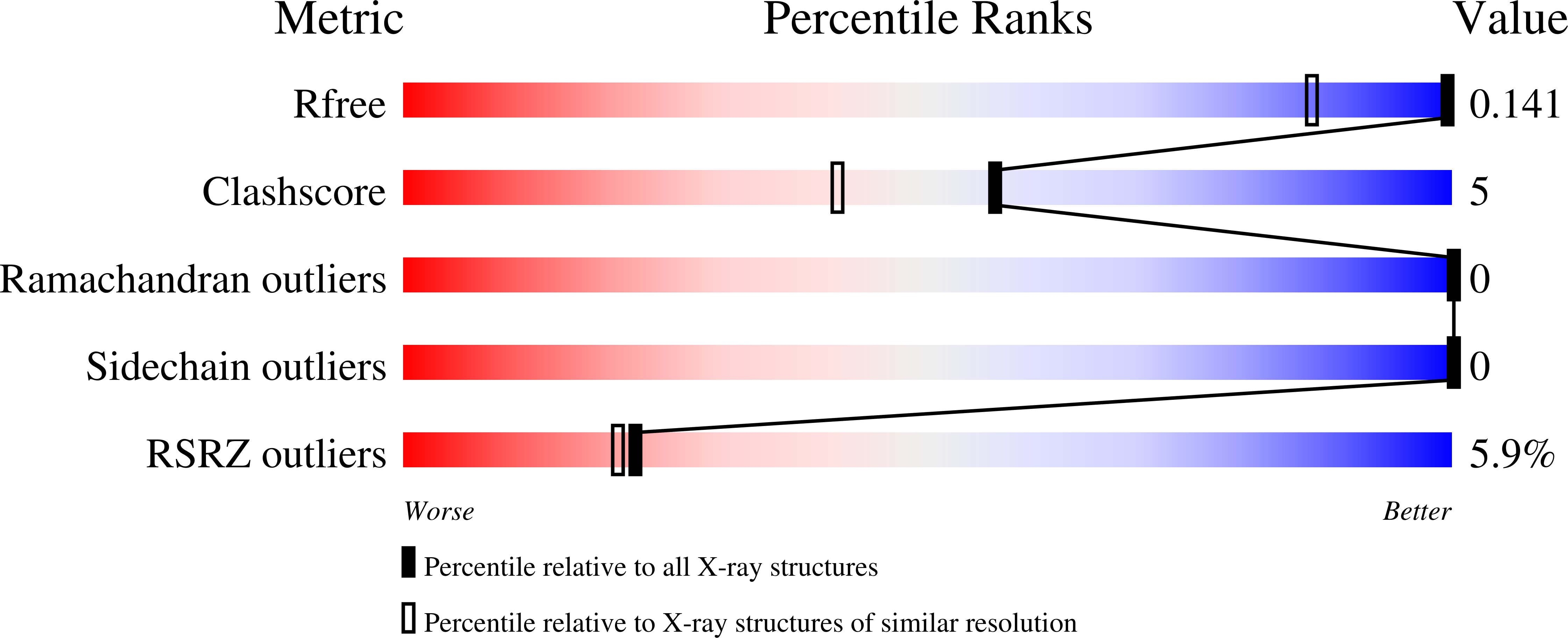
Deposition Date
2019-12-04
Release Date
2020-12-09
Last Version Date
2024-10-23
Entry Detail
PDB ID:
6V67
Keywords:
Title:
Apo Structure of the De Novo PD-1 Binding Miniprotein GR918.2
Biological Source:
Source Organism:
synthetic construct (Taxon ID: 32630)
Host Organism:
Method Details:
Experimental Method:
Resolution:
1.07 Å
R-Value Free:
0.14
R-Value Work:
0.14
R-Value Observed:
0.14
Space Group:
C 1 2 1


